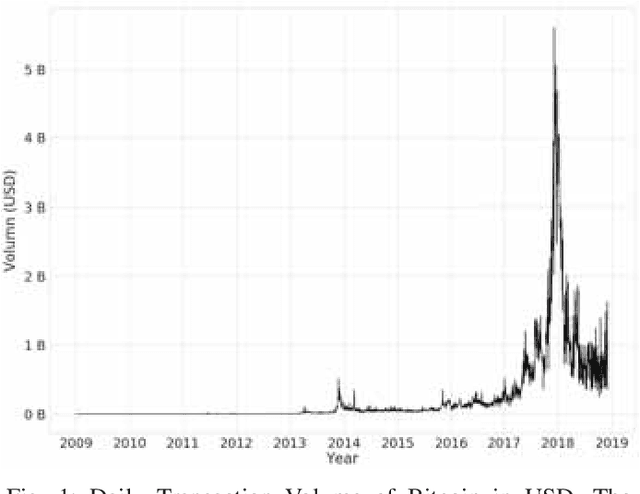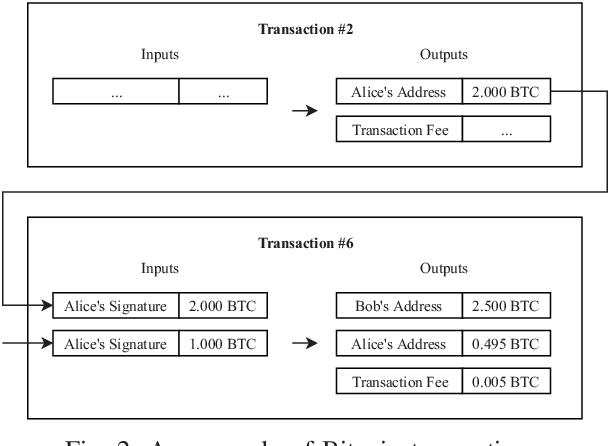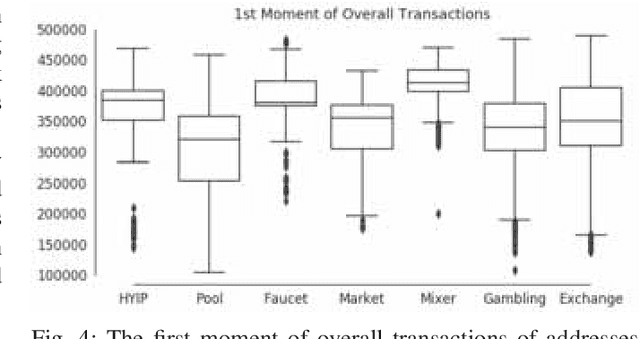I-Ping Tu
2SDR: Applying Kronecker Envelope PCA to denoise Cryo-EM Images
Nov 22, 2019



Abstract:Principal component analysis (PCA) is arguably the most widely used dimension reduction method for vector type data. When applied to image data, PCA demands the images to be portrayed as vectors. The resulting computation is heavy because it will solve an eigenvalue problem of a huge covariance matrix due to the vectorization step. To mitigate the computation burden, multilinear PCA (MPCA) that generates each basis vector using a column vector and a row vector with a Kronecker product was introduced, for which the success was demonstrated on face image sets. However, when we apply MPCA on the cryo-electron microscopy (cryo-EM) particle images, the results are not satisfactory when compared with PCA. On the other hand, to compare the reduced spaces as well as the number of parameters of MPCA and PCA, Kronecker Envelope PCA (KEPCA) was proposed to provide a PCA-like basis from MPCA. Here, we apply KEPCA to denoise cryo-EM images through a two-stage dimension reduction (2SDR) algorithm. 2SDR first applies MPCA to extract the projection scores and then applies PCA on these scores to further reduce the dimension. 2SDR has two benefits that it inherits the computation advantage of MPCA and its projection scores are uncorrelated as those of PCA. Testing with three cryo-EM benchmark experimental datasets shows that 2SDR performs better than MPCA and PCA alone in terms of the computation efficiency and denoising quality. Remarkably, the denoised particles boxed out from the 2SDR-denoised micrographs allow subsequent structural analysis to reach a high-quality 3D density map. This demonstrates that the high resolution information can be well preserved through this 2SDR denoising strategy.
An Evaluation of Bitcoin Address Classification based on Transaction History Summarization
Mar 19, 2019



Abstract:Bitcoin is a cryptocurrency that features a distributed, decentralized and trustworthy mechanism, which has made Bitcoin a popular global transaction platform. The transaction efficiency among nations and the privacy benefiting from address anonymity of the Bitcoin network have attracted many activities such as payments, investments, gambling, and even money laundering in the past decade. Unfortunately, some criminal behaviors which took advantage of this platform were not identified. This has discouraged many governments to support cryptocurrency. Thus, the capability to identify criminal addresses becomes an important issue in the cryptocurrency network. In this paper, we propose new features in addition to those commonly used in the literature to build a classification model for detecting abnormality of Bitcoin network addresses. These features include various high orders of moments of transaction time (represented by block height) which summarizes the transaction history in an efficient way. The extracted features are trained by supervised machine learning methods on a labeling category data set. The experimental evaluation shows that these features have improved the performance of Bitcoin address classification significantly. We evaluate the results under eight classifiers and achieve the highest Micro-F1/Macro-F1 of 87%/86% with LightGBM.
Functional Inverse Regression in an Enlarged Dimension Reduction Space
Mar 12, 2015Abstract:We consider an enlarged dimension reduction space in functional inverse regression. Our operator and functional analysis based approach facilitates a compact and rigorous formulation of the functional inverse regression problem. It also enables us to expand the possible space where the dimension reduction functions belong. Our formulation provides a unified framework so that the classical notions, such as covariance standardization, Mahalanobis distance, SIR and linear discriminant analysis, can be naturally and smoothly carried out in our enlarged space. This enlarged dimension reduction space also links to the linear discriminant space of Gaussian measures on a separable Hilbert space.
 Add to Chrome
Add to Chrome Add to Firefox
Add to Firefox Add to Edge
Add to Edge